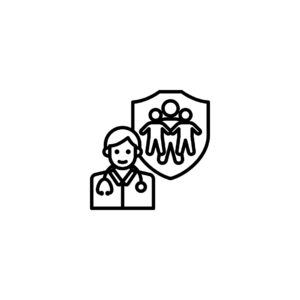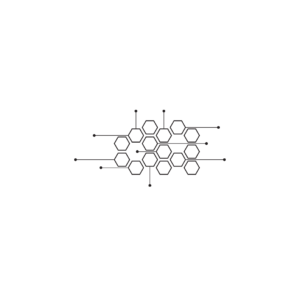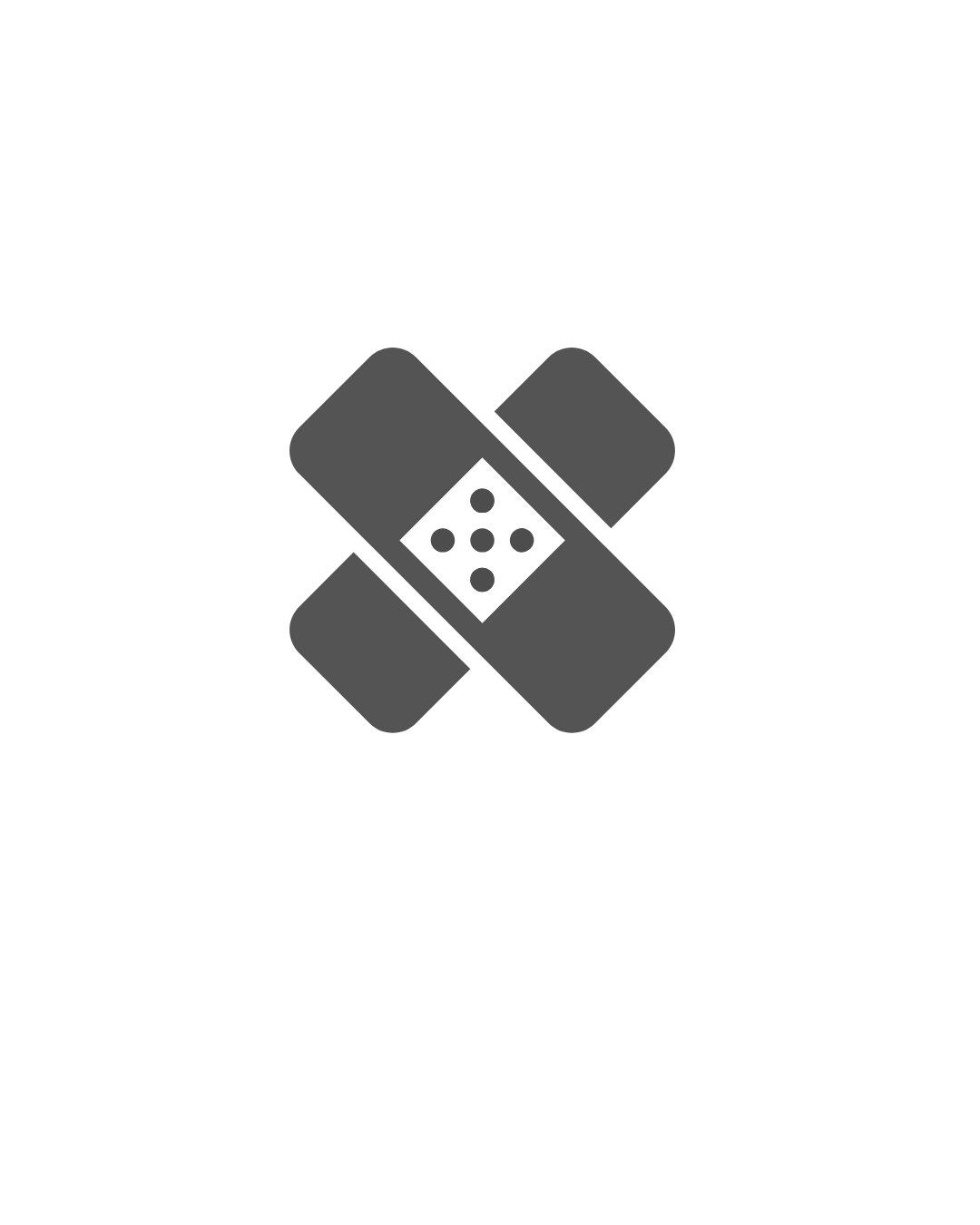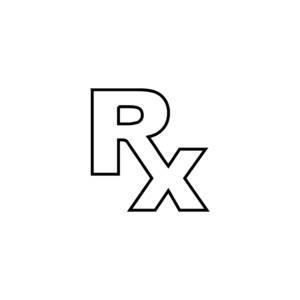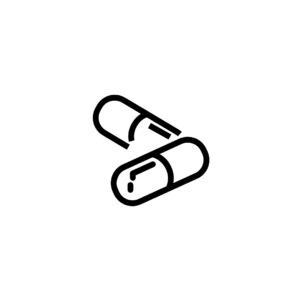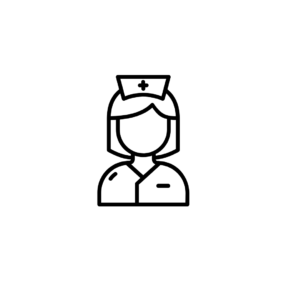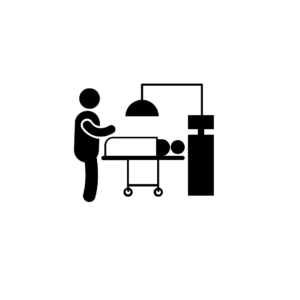Description
Overview of Diploma in Medical Dressing
The Diploma in Medical Dressing program is designed to train individuals in the skills required to assist in patient wound care and dressings. It focuses on understanding the principles of wound management, infection control, and the application of various dressings and bandaging techniques. Graduates of this program play a vital role in healthcare settings, providing essential support in surgical and wound care departments.
Core Areas of Study in Diploma in Medical Dressing
Introduction to Medical Dressing
Overview of the role of medical dressers, including the importance of wound care in patient recovery and the types of dressings available.
Basic Human Anatomy and Physiology
Understanding the basic structure and function of the human body, with a focus on the integumentary system (skin) and how it relates to wound healing.
Wound Care Principles
Study of different types of wounds, their healing processes, and principles of effective wound management.
Infection Control
Knowledge of hygiene practices, aseptic techniques, and infection prevention measures in wound care settings.
Types of Dressings and Bandaging Techniques
Hands-on training in selecting and applying various types of dressings (e.g., hydrocolloid, alginate) and bandaging techniques for different wounds.
Patient Assessment and Care
Skills for assessing wounds, understanding patient needs, and providing appropriate care and documentation.
Emergency Care Procedures
Basic first aid and emergency response skills related to wound care and patient management.
Clinical Practice and Hands-On Training
Practical experience in healthcare settings, allowing students to apply knowledge in real-world situations under supervision.
Curriculum Structure
A typical Diploma in Medical Dressing program may include:
Core Courses: Essential subjects covering anatomy, wound care principles, infection control, and dressing techniques.
Laboratory Practice: Opportunities for hands-on training in practical wound care skills.
Elective Courses (if applicable): Options may include specialized areas such as burns care, surgical dressings, or community health practices.
Internship or Clinical Placement: Field experience in a hospital or clinic to reinforce practical skills and knowledge.
Admission Requirements
Admission to a Diploma in Medical Dressing program typically requires:
A high school diploma or equivalent with a foundation in science subjects, particularly biology.
Basic health-related qualifications may be preferred but are not always required.
Some programs may require letters of recommendation and a personal statement indicating the applicant?s interest in medical dressing and wound care.
Skills Developed in a Diploma in Medical Dressing Program
Graduates of the Diploma in Medical Dressing program will develop essential skills, including:
Technical Proficiency: Ability to apply various types of dressings and bandages effectively.
Assessment Skills: Competence in evaluating wounds and recognizing complications or signs of infection.
Attention to Detail: Precise attention in wound care procedures and documentation to ensure quality patient care.
Patient Communication: Skills for effectively interacting with patients, providing education, and addressing their needs related to wound care.
Team Collaboration: Ability to work alongside healthcare professionals, including nurses and doctors, to ensure comprehensive patient care.
Career Opportunities
Graduates with a Diploma in Medical Dressing can pursue various career paths, including:
Medical Dresser
Providing wound care, dressing changes, and patient education in hospitals, outpatient clinics, or home care settings.
Wound Care Technician
Specializing in assessing and managing complex wounds under the supervision of healthcare professionals.
Nursing Assistant in Wound Care
Assisting nurses in wound management and providing direct patient care.
Home Health Aide
Offering wound care services and support to patients in their homes.
First Aid and Safety Instructor
Teaching basic first aid and wound care techniques in community settings.
Conclusion
The Diploma in Medical Dressing program provides essential training for individuals looking to enter the field of wound care and medical dressing. By equipping students with the knowledge and skills necessary to assist in patient care effectively, this program prepares graduates for fulfilling roles in various healthcare environments. If you have any further questions about the Diploma in Medical Dressing program or related topics, feel free to ask!



